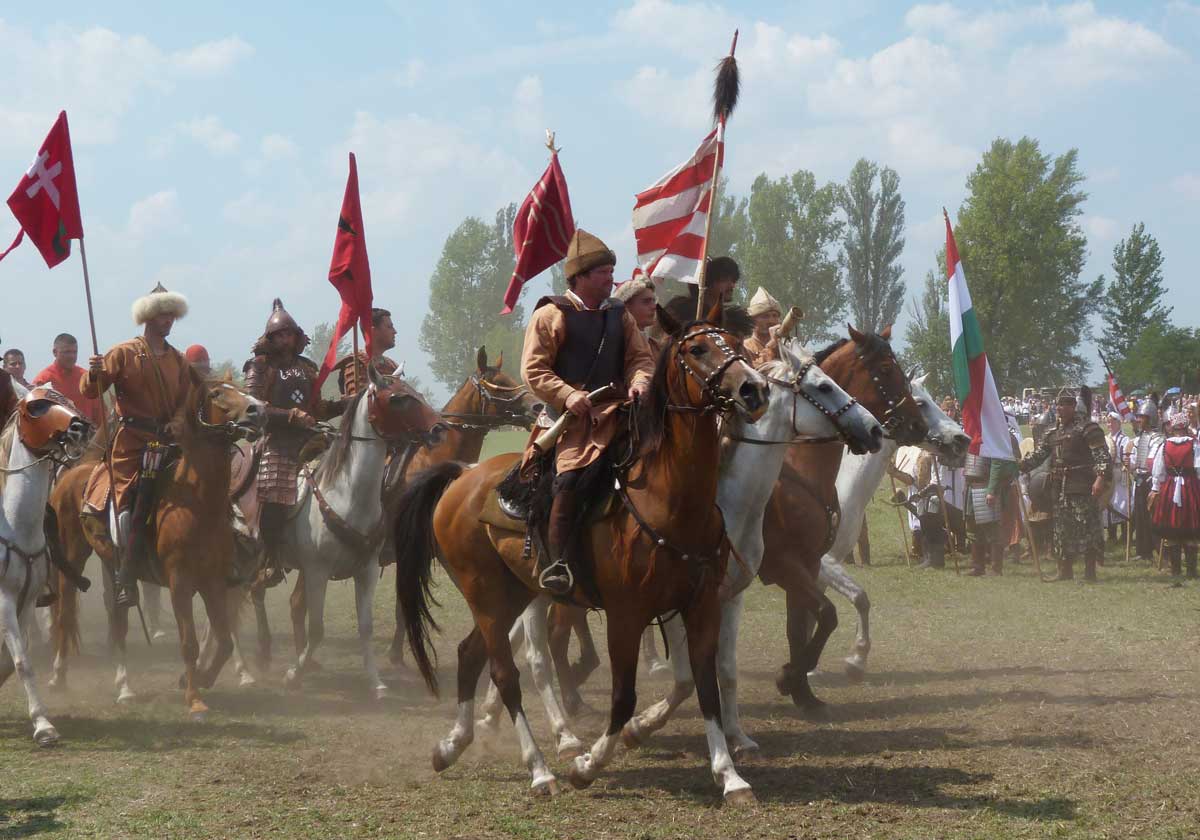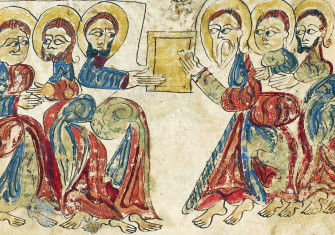Illustrious Ancestors
What are the origins of Hungary’s obsession with Turanism?

The fantastic belief that Hungarians are a branch of a vast ‘Turanian’ nation has deep roots. From the ancient state of ‘Turania’ on the Central Asian steppe, the Turanians supposedly spread as far west as Turkey, Finland and Hungary. At times Persians, Mongols and even the Japanese have been considered Turanian. This nonsense can be found in the first Hungarian chronicles, dating from the 13th century, which claim that the Hungarians were once part of the Hunnic and Scythian nations, before making the journey to the Carpathian Basin at the end of the ninth century. Sporadic attempts to locate and befriend this lost ethnic kin have been made ever since.
Balázs Ablonczy is one of Hungary’s leading historians of the interwar period. In this fascinating, yet frustrating, study he endeavours to interrogate the nation’s obsession with Turanism. That began in the 19th century with a disparate group of enthusiasts, ranging from archaeologists interested in locating the Hungarians’ first homeland, to fanatics intent on removing all ‘western’ influences from Hungary, including Christianity. The Turanian ideology survived the Second World War and was reinvigorated after the fall of communism by radical right-wing politicians who applauded any idea that had been popular before the communist takeover in 1948. A Turanist revival has been bolstered by the current government’s efforts to forge closer relations in the Middle and Far East.
Ablonczy devotes most of his study to the Hungarian Turanian Society, founded in 1910 and dissolved in 1945. The society was so well-connected that its membership included almost half of the politicians who became prime minister during the interwar period. Its office was even located in the Hungarian parliament. Despite this, the society’s achievements were meagre. It published a substantial amount of scholarship, funded the occasional expedition, arranged language courses and had a monthly slot on Hungarian radio. Nevertheless its efforts to incorporate Turanian ideology into the school curriculum and reorientate Hungarian diplomacy were largely unsuccessful (although treaties with Japan and Bulgaria in 1940/41 were partially justified by the claim that those nations were also distant relatives). This failure was despite the substantial popular enthusiasm for the Turanian idea, with companies using the name and writers, artists and architects drawing inspiration from the cultures of the peoples of the east. One small group even briefly established a ‘Turanian church’.
As Ablonczy claims, the Hungarians’ linguistic isolation made the search for kindred peoples in the east more seductive, but he only briefly touches on the rejection of ‘Western liberalism’ that gave political potency to this turn eastward. Evidently Hungary’s Turanists believed that Eastern allies would counterbalance the decadent Western enemies, notably Britain, France and Italy, which had fought against Hungary in the First World War and endorsed the dismantling of the country thereafter. Unfortunately, the Turanian ideology was undermined by the blunt reality that Hungary’s key interests, trading partners and cultural affiliations remained in Europe, not Asia.
Sadly the book is let down by its clumsy translation, which only partially captures the engaging original Hungarian. But it is also let down by the absence of a full discussion of Turanism’s domestic critics and the wider debates about Hungary’s place in Europe, debates which continue today.
Go East! A History of Hungarian Turanism
Balázs Ablonczy
Indiana University Press 296pp £25
Buy from bookshop.org (affiliate link)
Thomas Lorman is a lecturer in Central European History at UCL.






